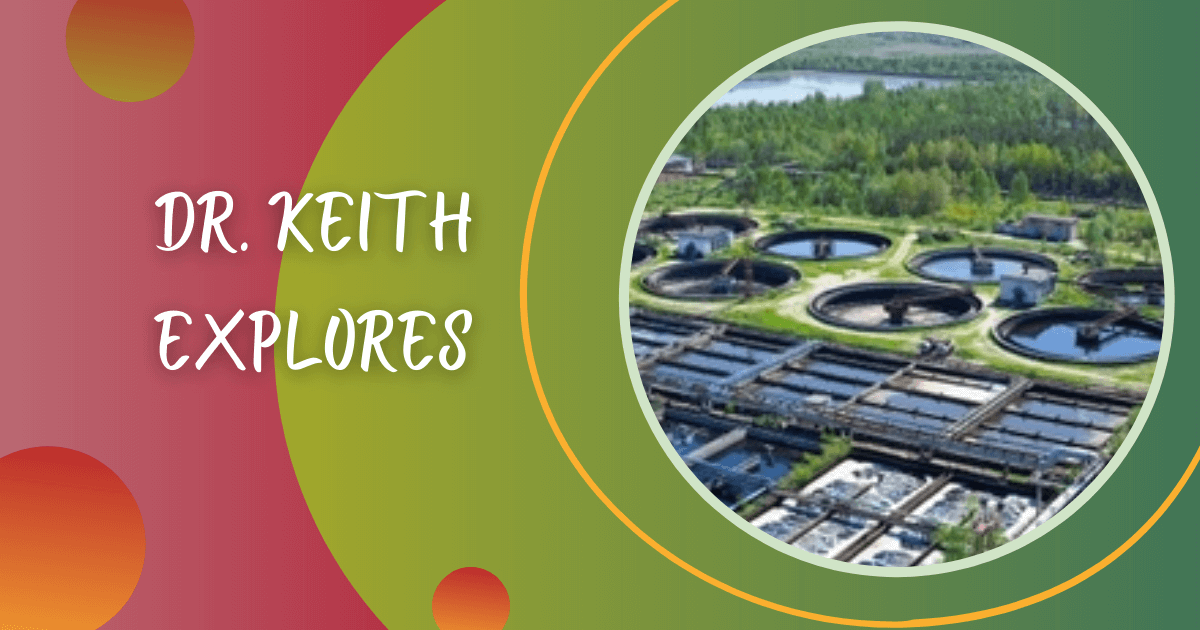Happy Earth Day! Do your bit for the earth by following the activities in this post by Dr. Keith!
Remember that list we made? I made a short list as well and one product contains isopropyl alcohol, 2-butoxy-ethanol and ammonia. I have another item that has a warning label that a poison control center should be contacted immediately if the product is swallowed. The product is to be used to clean surfaces like counters and bathroom sinks and tubs.
When I clean my bathtub and shower with that product, I flush the sink and tub to clear away all the suds and material I used in order to have a nice, clean surface.
So for all the chemicals and other substances you have on your list you need to think about these questions:
-
Where does the waste water that contains those chemicals go?
-
Is it treated to remove the chemicals and harmful substances before it is finally dumped into lakes or rivers or the sea or onto the ground?
-
Is it possible for any of those chemicals to get into our drinking water?
-
How safe are the steps taken by the city to ensure that the drinking water does not become polluted by these harmful chemicals?
Now this where you need to do your second activity and this requires some research.
Activity 1: Find out the source (where it comes from) of your drinking water.
Activity 2: For your community and areas in which you live, find out what happens to the waste water that is flushed down your kitchen and bathroom sinks and toilets. You need to research how and where it is treated and what eventually happens to it.
Activity 3: Which agency and organization is responsible for ensuring that the waste water in your city is properly disposed?
Maybe you may ask your school to organize a visit to your city’s sewage and water works and learn about how water is piped to your homes and how waste water is treated and removed from your city.
These chemicals come from pipes in our homes. Next time we will look at chemicals that do not come from pipes and drains.



